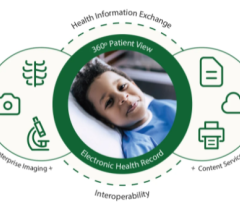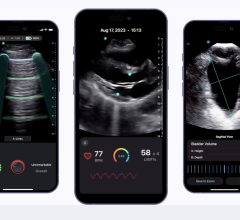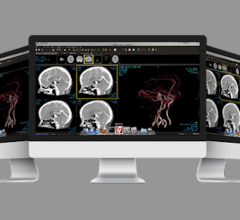November 13, 2007 - Texas Instruments Inc. today said its new low-power, embedded system-on-chip (SoC) microcontroller unit (MCU) provides a complete signal chain for hand-held medical applications, which will help lower their cost.
The new MSP430FG4270 MCU integrates a range of functions needed to design low-cost, portable medical diagnostic equipment. The large on-chip memory and a full suite of integrated analog peripherals keep component costs and system space to a minimum in portable applications such as personal blood pressure monitors, spirometers, pulse oximeters and heart rate monitors.
Medical diagnostics are changing rapidly, aided by a new generation of equipment and hand-held devices that can be carried to the patient's bedside. Processing solutions for such equipment must not only offer high performance and low power consumption, but also minimize board space and component counts through SoC integration. In order to measure, monitor and display analog physiological input signals such as temperature, blood pressure and other vital signs, the ultra-low power MSP430FG4270 MCU integrates the complete analog and digital signal chain. This includes signal conditioning techniques such as amplification, filtering and digital conversion.
The MSP430FG4270's 16-bit RISC architecture is designed for optimized performance and extended battery life - key concerns of designers of portable applications. Five low-power modes, with a standby power consumption of only 1.1 uA, conserve power, while a wake-up from standby to active mode of less than 6 us provides excellent response when the equipment is needed. On-chip functions that save external components include a high-performance 16-bit sigma-delta analog to digital converter (ADC) with internal reference and five differential analog inputs, 12-bit digital to analog converter (DAC), two configurable operational amplifiers, 16-bit timer, 16-bit registers, 32 I/O pins, zero-power brown-out reset, and a liquid crystal display (LCD) driver with contrast control for up to 56 segments.
For more information: www.ti.com


 June 28, 2024
June 28, 2024 








